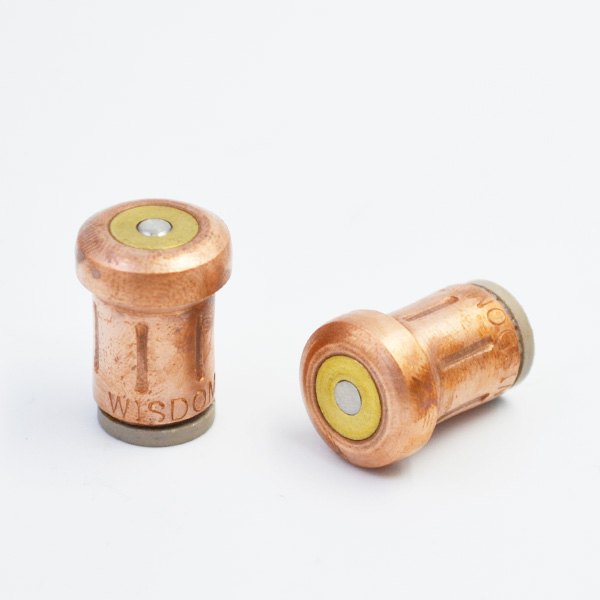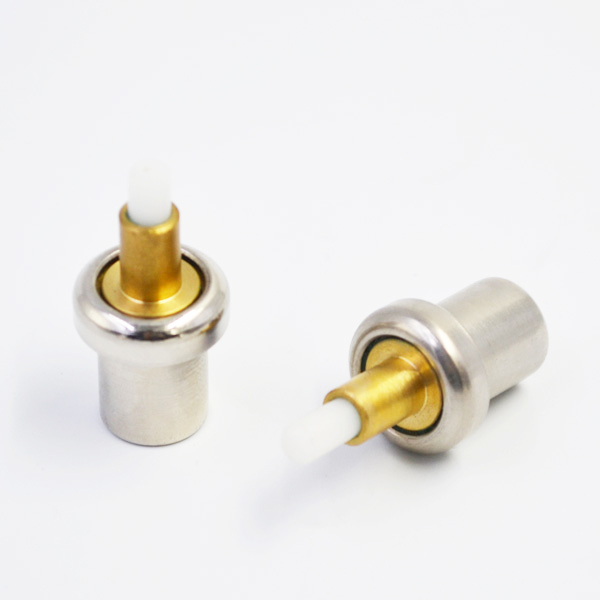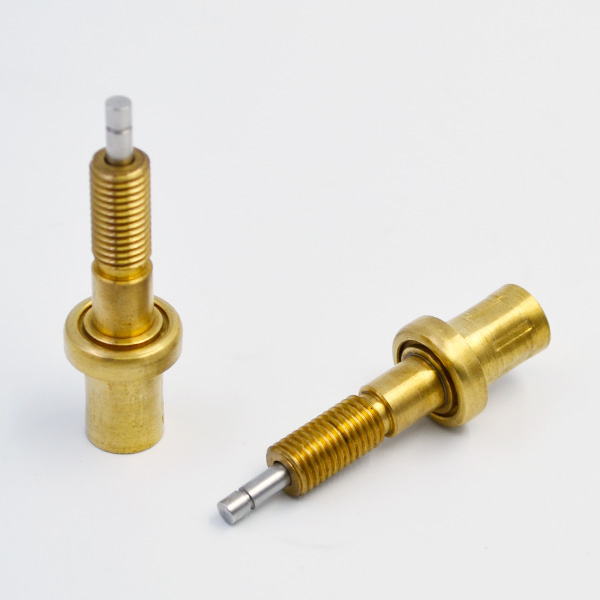Nowadays, in the situation of the gradual development of smart grid, the state has put forward stricter requirements for the economy and safety and reliability of power production, transmission and distribution. Distribution network is the terminal of the whole transmission system, which connects many power users. It is also the key to restrict the performance of the power system itself. Among them, 10 kV distribution network is not intelligent enough because of its complex environment, large number of equipment, wide coverage and long lines, so it is necessary to implement automation construction for it. In view of this, this paper mainly analyses the analysis and design of intelligent sectional switch controller based on ARM. Generally speaking, for power system, there are two kinds of common intelligent protection protection, namely remote control and local control. In this way, remote control can manage the control station centrally, and achieve the functions of remote control, remote communication and telemetry. It is convenient and fast. However, the dependence on communication system is relatively strict, and its own security and stability are far from local control. Local control has little dependence on remote communication. The main use of circuit breakers and fault identification and other equipment to achieve in-situ identification and fault isolation.
Intelligent sectional switch, in essence, is installed on the busbar of 10 kV distribution network. It can detect faults in real-time and all-round way. Controller is used to control the powder box time of the switch body and cut off the faulty line in time to achieve the relay protection of power system. It can fundamentally increase the safety and reliability of power supply. It can effectively carry out zero sequence protection, current quick-break protection and real-time over-current protection for lines, and can timely isolate faulty lines. In the case of over-current fault, the operating chamber of three-time overlap can be implemented for the control switch to increase the safety and reliability of power supply. Isolate faulty lines in time. In the case of over-current fault, the control switch can also be used to implement three-time overlap operation, which further enhances the safety and reliability of power supply.
In the process of uploading, the controller uses optical fiber communication and GPRS network, Zhongtun control and communication to carry out real-time circuit data and fault information, and locate corresponding fault segments. In addition, the controller uses handheld wireless terminal and PC to implement close-range local control, and effectively integrates local control with remote control. Process control. In order to ensure that the function of intelligent sectional switch to isolate faulty lines can be realized in time, it is difficult to ensure the safe and reliable operation of substation and feeder branches. The switch should not only meet the criteria of sensitivity, speed, selectivity and reliability, but also ensure the system. The economy and safety reliability of the system. The controller uses MCU ASIC structure, uses power parameters to measure the integrated chip, implements corresponding data acquisition and basic processing, and uses MCU to get the data of the internal register of the chip, and processes it accordingly.

The hardware system is mainly composed of human-computer interaction module, open-in and out module, clock module, communication module, sampling module, power module and main control module. Among them, the main control chip LPC1778 mainly uses SPI bus and sampling chip ADE7878 for effective connection, uses I/O port to input and output switching quantities, uses 5 UART and RS232/RS485 serial port, Ethernet module, ZigBee module and GPRS module to connect effectively, and uses I2C to obtain the corresponding always signal in time. In addition, EEPROM storage module should be set up to store switch setting information. The time to deal with the fault should be reasonably controlled within 50m/s. In this way, the response time of the sectional switch is about 35 ms, and the output time of the corresponding signal is about 15 m/s when the main control chip diagnoses the faults. The main control chip needs to collect and calculate all kinds of electric power such as voltage and current in the whole stage. It has relatively high processing speed. Have at least one I2C interface. The main control chip mainly uses PC bus and clock simulation for effective real-time communication.
Have at least one SPI interface. The main control chip mainly uses SPI bus and sampling module to complete communication.

SPI can effectively obtain each of the power parameters. There should be at least five UART interfaces. The main control chip uses UART and RS485 and RS232 interface module, wireless communication module, Ethernet interface module and GPRS module to realize serial data communication. Full I/O ports are required. The main control chip is controlled by I/O port, and the state of external switch must be acquired in time. It has sufficient PROM memory to store some fixed information.
There must be IAP and ISP mode to achieve remote download code. According to the above analysis, the preferred main control chip is LPC1778 chip from NXP company. The fundamental premise of system fault analysis is the measurement and acquisition of power parameters.

The main parameters of the system are A, B, C phase voltage and A, B, C, N phase current. In this design, the current transformer CT and voltage transformer PT built in the sectional switch are used to decompress the current and voltage of l0kV system.

Then the l0kV voltage signal can be effectively coupled to 220V, and the corresponding 10-board input signal can be input by using the system power module; then the CT and PT on IO board can be used. To effectively couple the current and voltage, and become the final weak current, the signal is input through the signal conditioning circuit. In the process of protection and monitoring of smart grid, we need to record the specific time of failure one by one, and implement background monitoring. Therefore, in the control of its system, the role of real-time clock simulation is particularly critical. The system discards the RTC clock carried by the original main control chip, and chooses the real-time clock chip PCF8563T with high precision and low energy consumption to meet the module. OSCO and OSCI mainly use oscillators to input and output pins. The system mainly uses two 15pF capacitors to form a clock source and an external 32.
786K crystal oscillator. SDA and SCL are data line pins and PC clock lines respectively, thermostatic element with 5.1K pull-up resistor.

The main work of the system covers: collecting, updating and processing power parameters in real time, judging fault hiding and writing specific protection operations, uploading data and remote control, etc.
Because the Cortex-M3 lightweight kernel is chosen in this design, and the cost of operating system is too high, so we can not use the embedded operating system, but choose the front and back-end operation based on timer. The system is mainly composed of a timed interrupt of 5 ms and a main program of 10 ms. Front-end software is for asynchronous event communication and control, and the real-time requirements are very strict, using timing to achieve interruption, and will not conflict with the time of the main program; the main program cycle, mainly using the interface function called and as acquired software, using the flag bit to carry out technology. It can basically satisfy those operating systems that are not strict with time. The controller is mainly developed on the basis of ARM platform. The main control chip uses LPC1778, an ARM Cortex-M3 processor. In the optimization code layer, it is essentially to optimize its own performance, that is, to further optimize the speed of code execution. Insert assembly code. In the process of developing embedded software, the chip can directly execute assembly code. C/C code needs to be translated by the corresponding compiler to implement the chip further. However, there is a gap between the translated assembly code and the expected level of execution. In this case, the assembly code can be optimized manually. Memory optimization. In general, the memory resources of MCU can be divided into Out-of-chip memory, in-chip RAM and in-chip FLASH. In-chip FLASH is mainly a kind of non-volatile memory, which is characterized by slow access speed, so it is only suitable for program code preservation. After the chip is powered on, the corresponding program code is copied into the on-chip RAM and executed.
In-chip RAM belongs to volatile memory, its own speed is controlled in the kernel register, and its capacity is at KB level. In a word, at present, this paper is mainly based on the distribution automation of smart grid. For the low level of automation and the high probability of failure of 10 kV distribution network, an intelligent subsection switch controller based on ARM core is designed and studied. The controller not only has the function of relay protection, but also has the function of optimizing the power parameters, judging and locating the fault location, remote communication and many control functions.
Therefore, the study of this paper is very meaningful.
